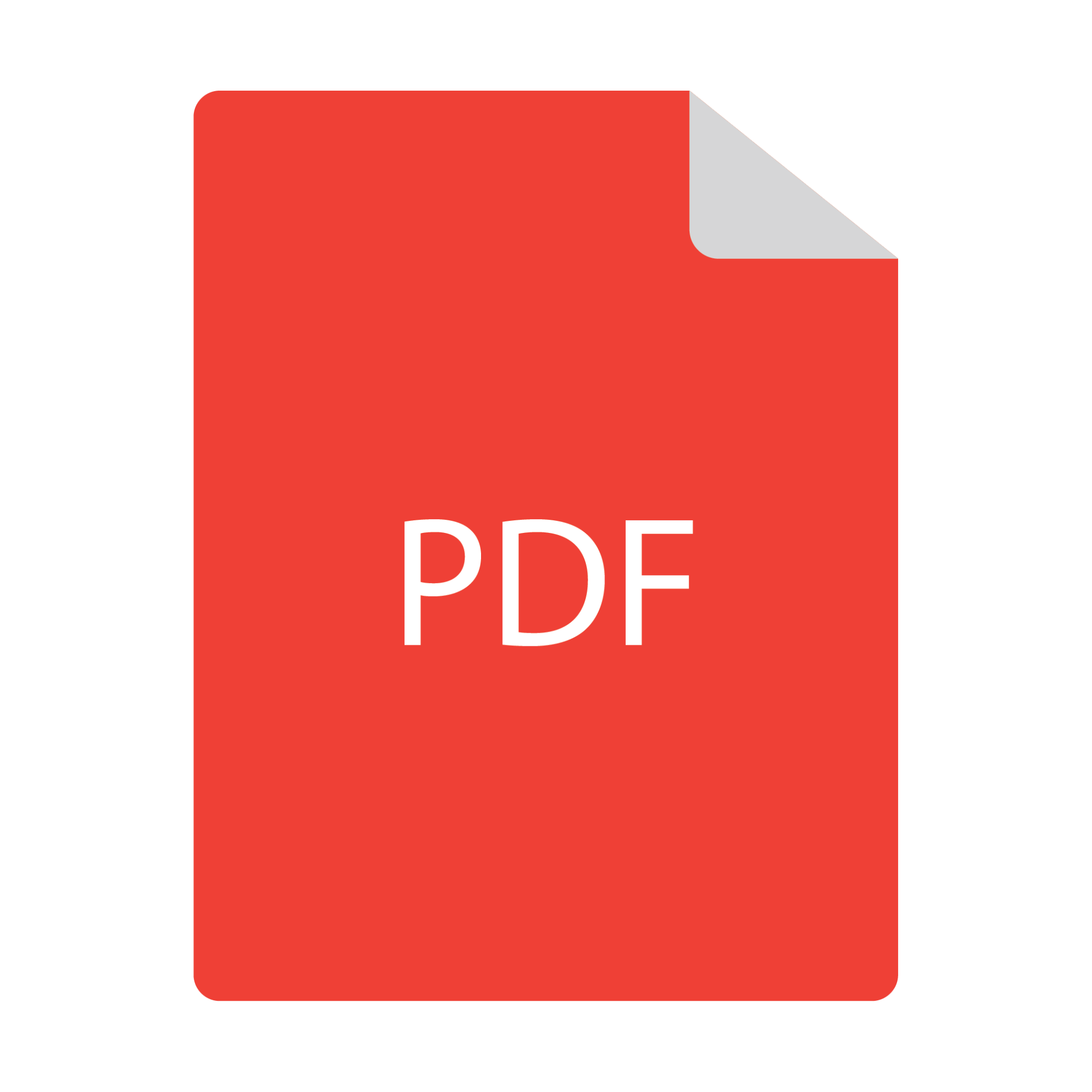1.2 billion people use Microsoft Office, which includes Microsoft Word.
That’s a huge percentage of the population. But it also means that a lot of people are left out and may be unable to access the necessary files.
In this article, we’ll go over how to convert a doc to a png file, something that many people don’t already know how to do.
Read on for more valuable information for creating a format that everyone can read, regardless of if they have Microsoft Office installed.
What Is .Doc and .PNG?
Before we go any further, let’s discuss what .Doc and .PNG files actually are.
Any file with a dot in front of it represents a computer file. The suffix, like the .doc or .PNG are the extensions, which tell the computer which application to open it with.
A .doc file is exclusively a Word file. This means that if the person you’re sending the file to does not have Word, they’ll be unable to view it. Their computer will either try to decipher it, or give them an error letting them know they could not access it.
A .PNG file stands for Portable Network Graphic. These graphics allow a little bit more transparency than .GIF images, which are closely related. They do not allow animations.
You can open a .PNG file on almost any type of computer or smart phone. Therefore, a .PNG file makes whatever it is you’re trying to send more accessible to everyone.
Why Would You Convert a Doc to PNG?
There are many reasons why you would convert a .doc file to a .PNG file, but the most common is so you can share information that the other party may otherwise be unable to read with their current equipment.
You may wish to share these files for school projects, for work, or for personal use.
You may also want to use it to upload specific information to a website, to show specific work, or to show people specific pages in a project or document.
Limitations to Converting a Doc to PNG Image
There are a few limitations to converting .doc to PNG image. The major limitation is that a Doc file saves all of the pages at once. A PNG file only saves one page at a time. Each page will present as different files.
So, for example, if you want to send someone a 1,000-word paper you’re writing, you’ll be able to send the whole thing via a .doc file that they’ll just open and look at. All of the pages will attach themselves so that you have a cohesive document. The document will also already be in order, so there is no confusion about which goes where.
A .PNG can only take one page at a time. That means that you won’t be able to send a cohesive document, but only each page individually.
How to Convert a Doc to a PNG Image
It’s relatively easy to convert a Doc to a PNG image, especially on certain types of computers. For some computers, any screenshot you take will be in a .PNG format, making it incredibly simple to convert the file type without actually having to convert it.
One way to do this is to is to open the Word document you wish to make a .PNG. You can then take a screenshot using whichever method your process uses for a screenshot. Then, your computer will automatically save the .doc file as a .PNG.
Keep in mind that you’ll only be able to copy one page at a time. Therefore, you’ll need to keep track of where your .PNG files go on your computer so that you can be sure you send all of them to the person who needs them.
This way, you’re positive the individual receives everything you’re giving them and that they can read it.
A good tip for this conversion is numbering each .PNG so that it’s in order. This way, the person receiving it will be able to understand the order it’s in. Although a screenshot doesn’t always save as a unique name, you can open up the document, click on it and change the name at the top.
Online Conversion
A less messy way to do this is to use an online conversion tool. While some competitors make you pay for this, our service is free and user-friendly. It also doesn’t require that you download any software, meaning you don’t need to clog up your computer with something you’re not interested in.
Our online conversion is very simple. You’ll just click “browse” and locate your doc file. Once you’ve located it, click on it and let the site know you’re not a robot by completing the captcha.
In no time at all, you’ll have everything converted from a .doc file to a .PNG file, ready to send to people who do not have Word on their computers. Or, you can send it to people to highlight specific points of your Word document.
Conversion Tools
Our website offers a wide variety of conversion tools for all of your needs. While some websites and programs require you to pay to convert files, ours are absolutely free and allow to convert a doc to png with ease.
Click here to convert a PDF into a doc file to allow you to edit something that you were unable to edit previously. Our site supports almost all formats available.









